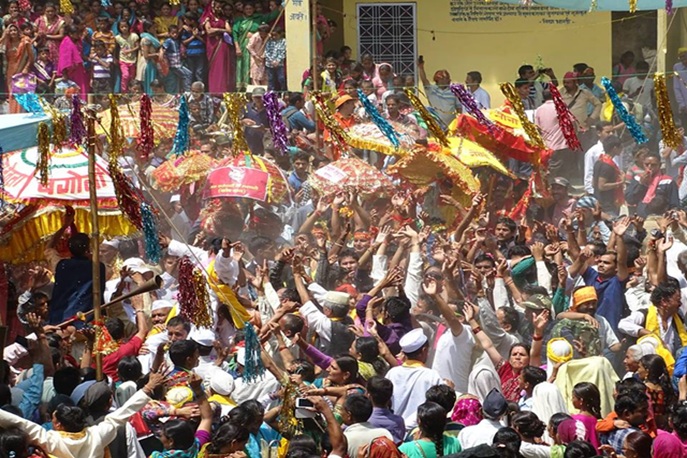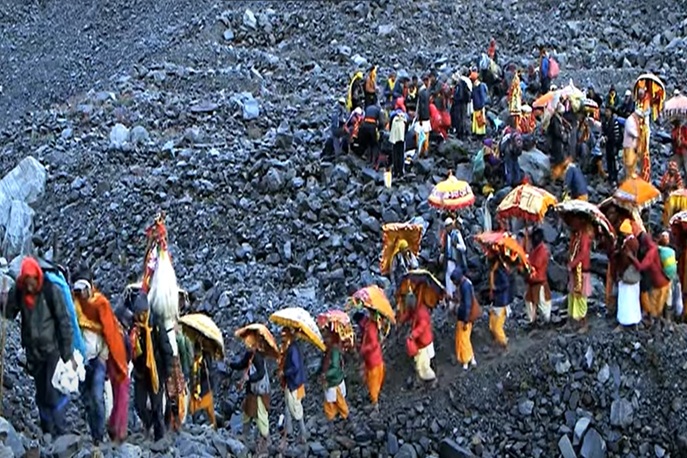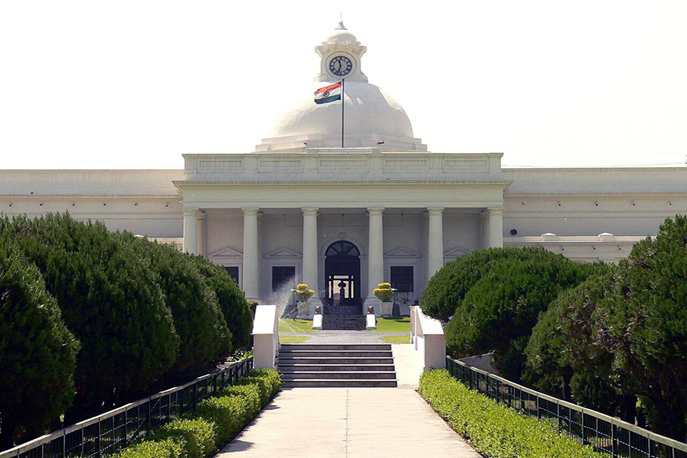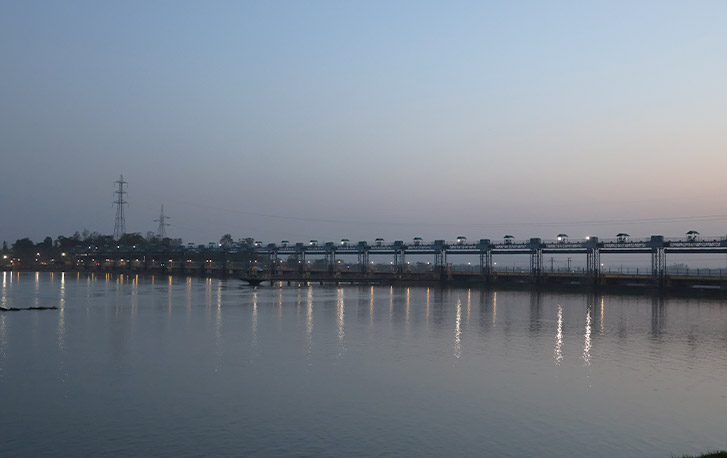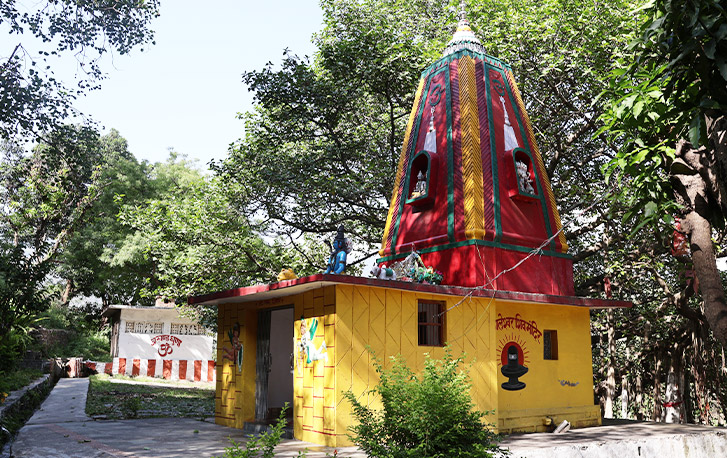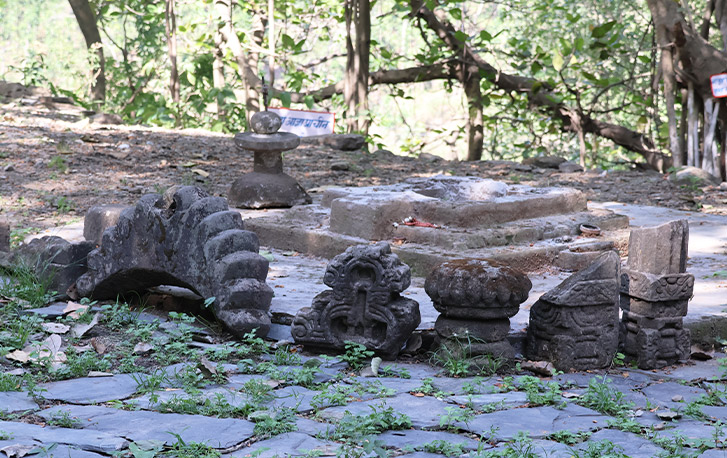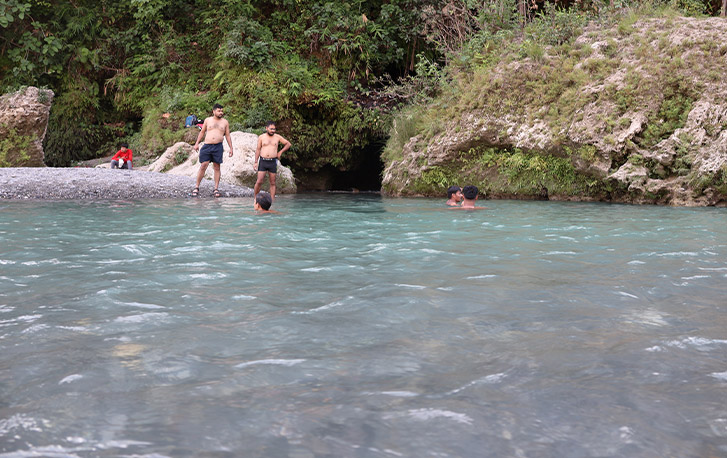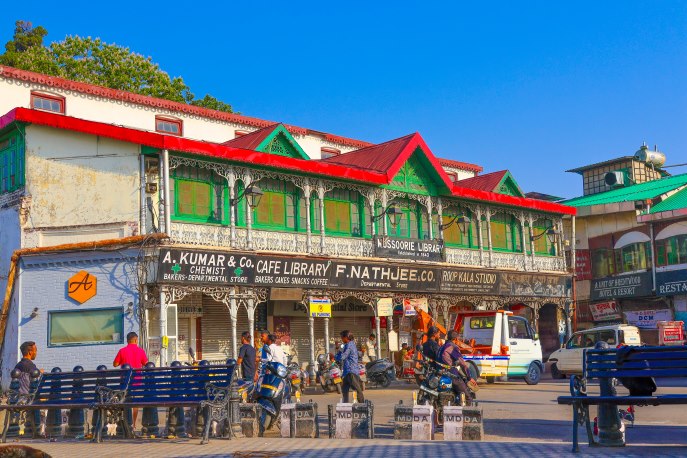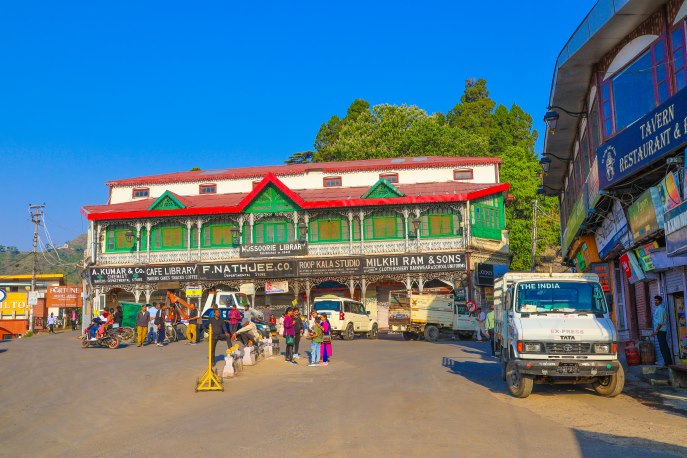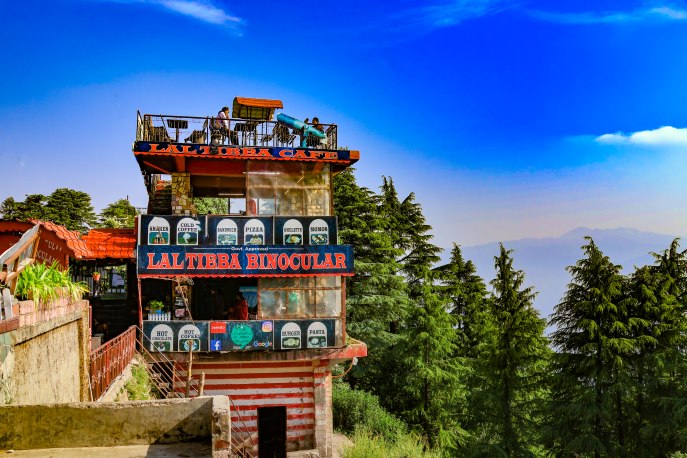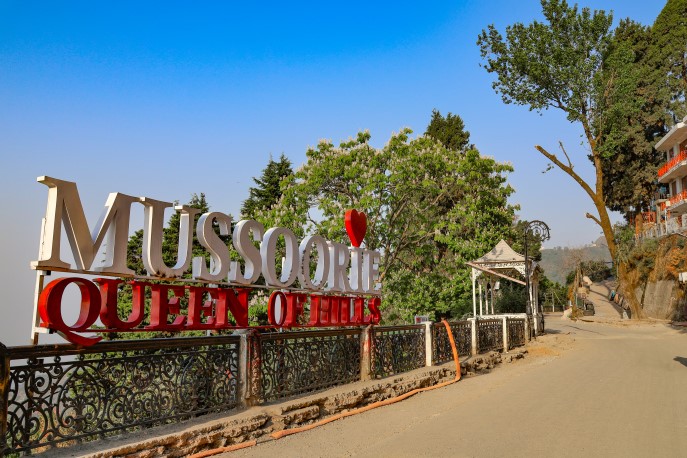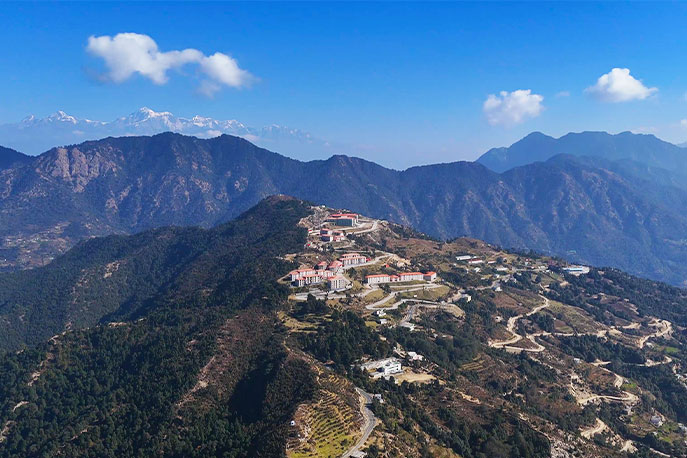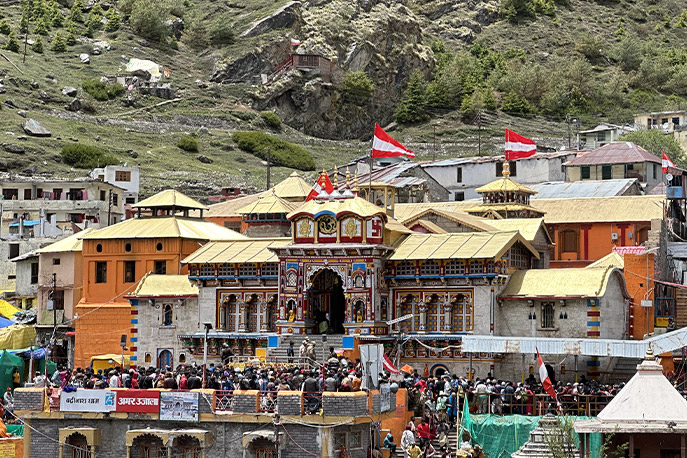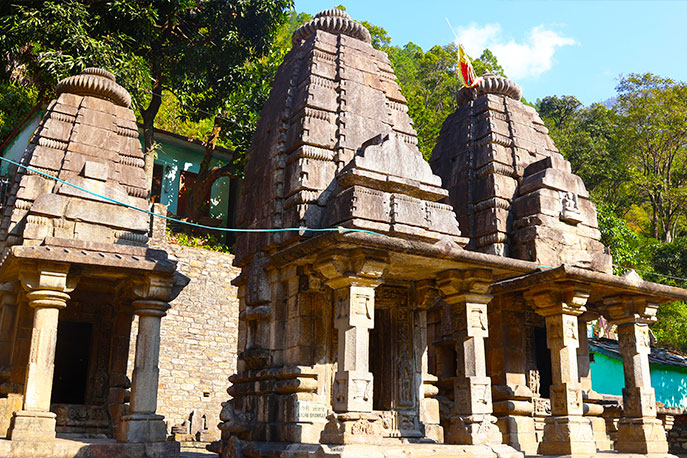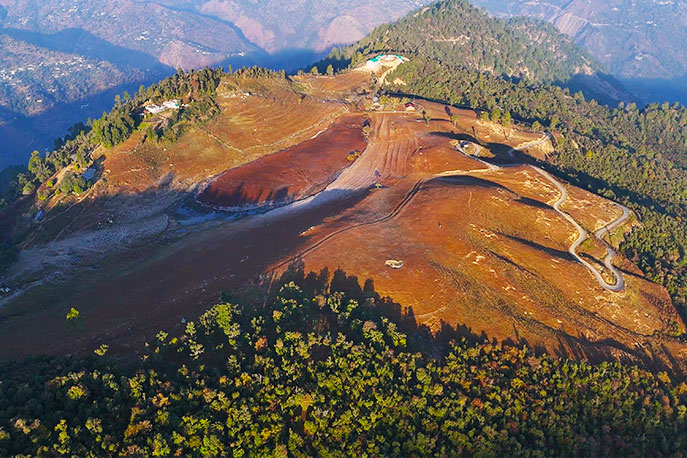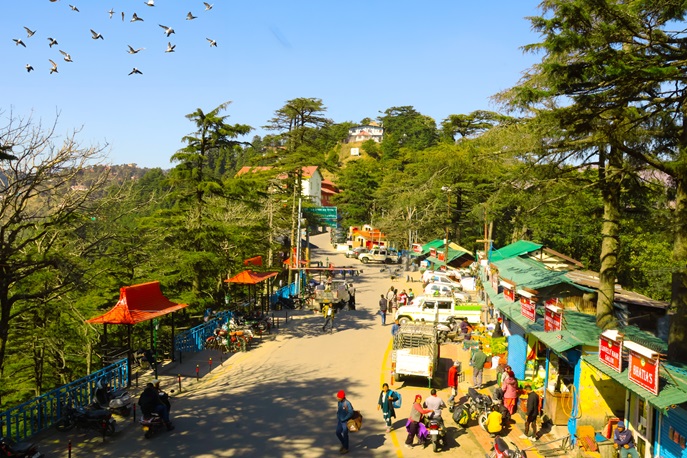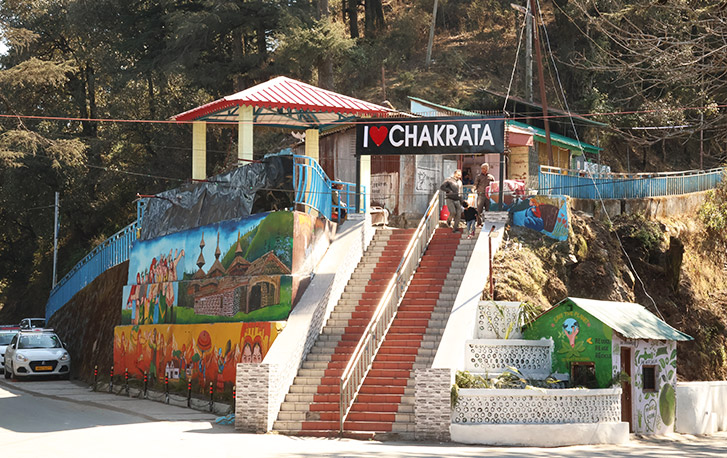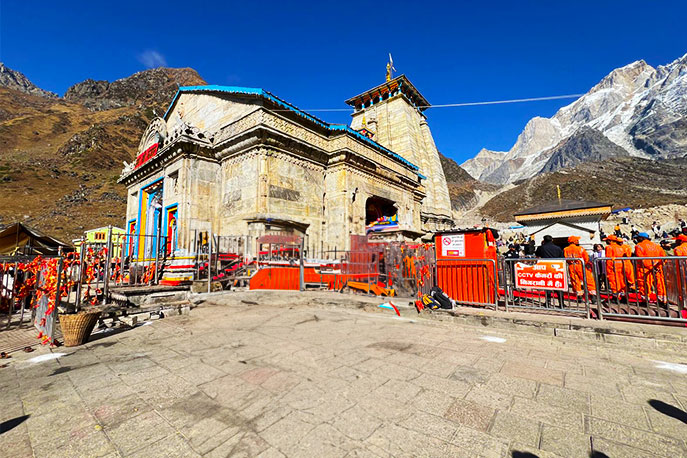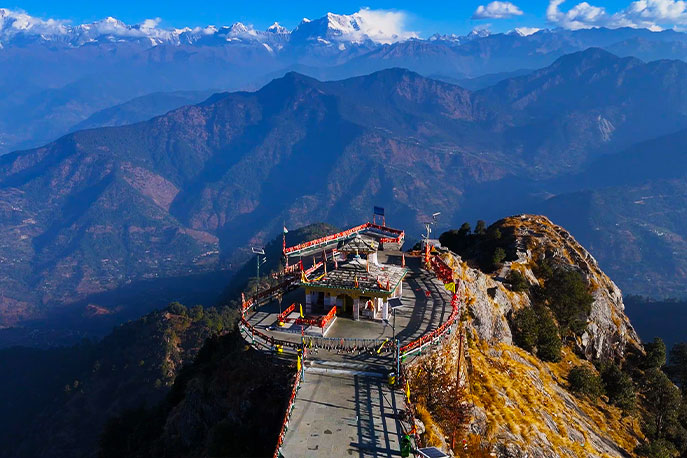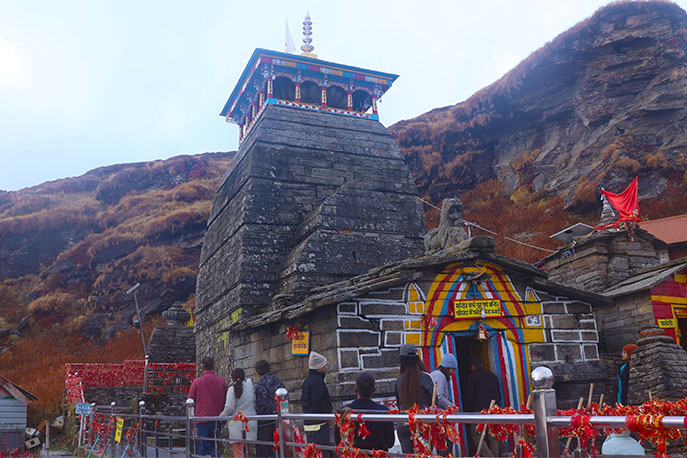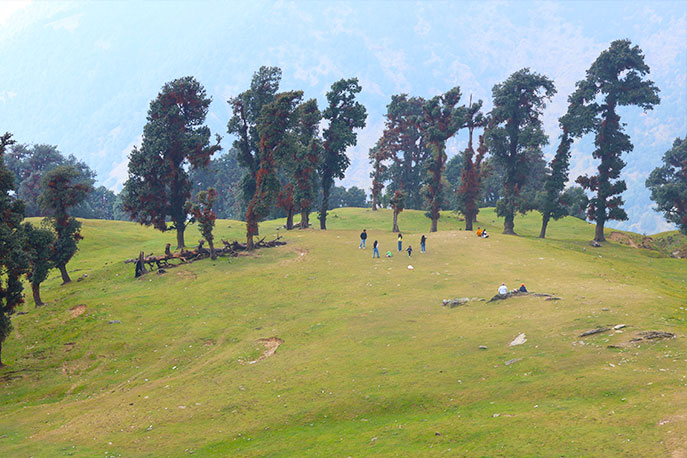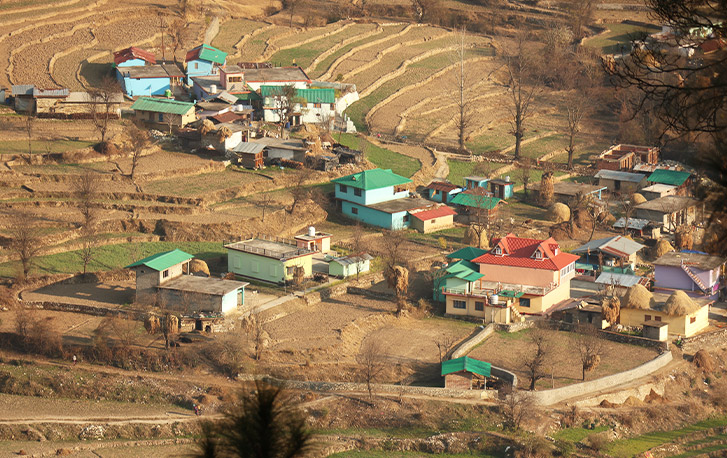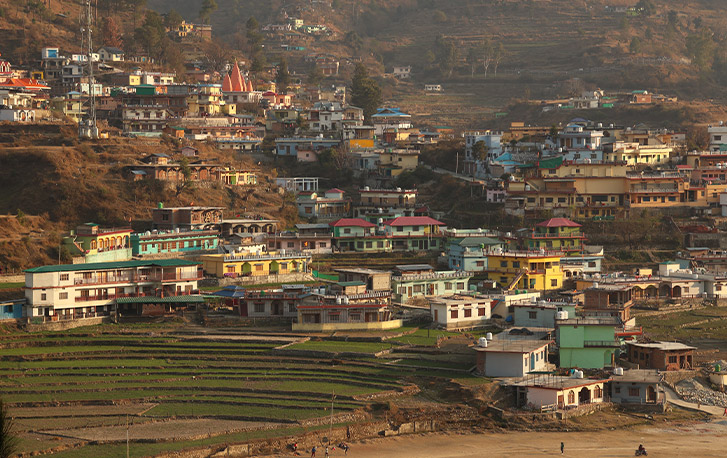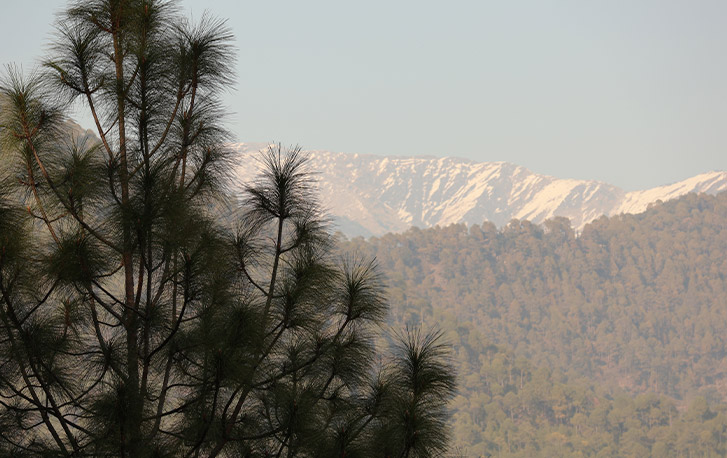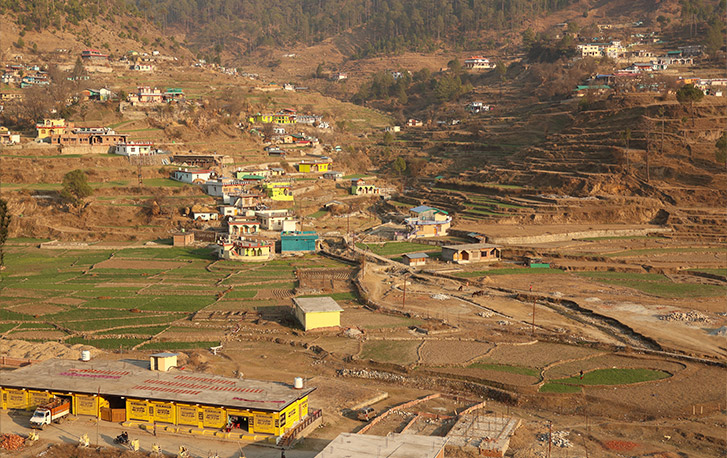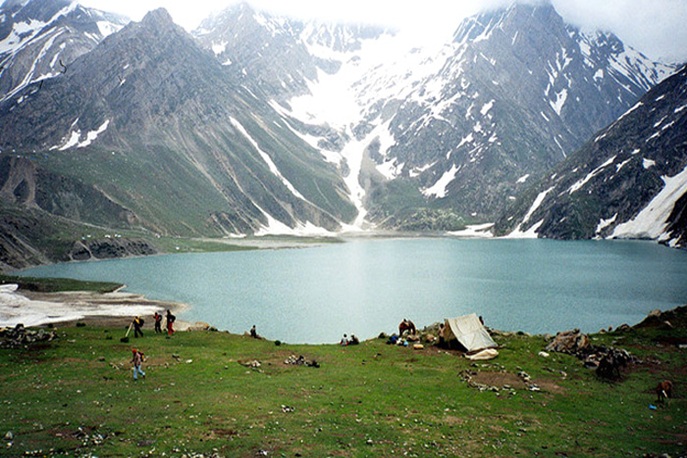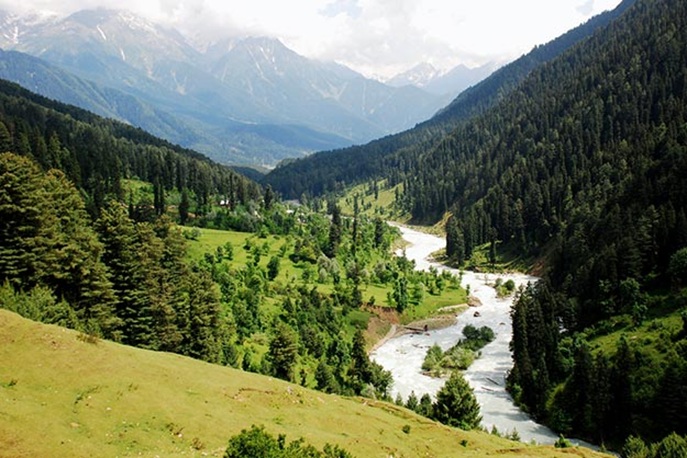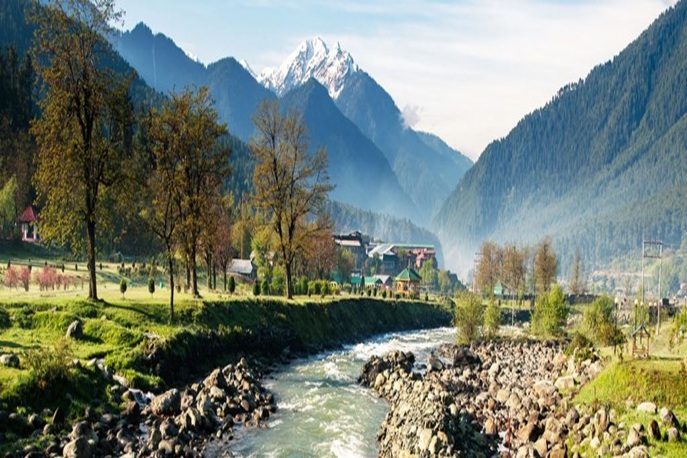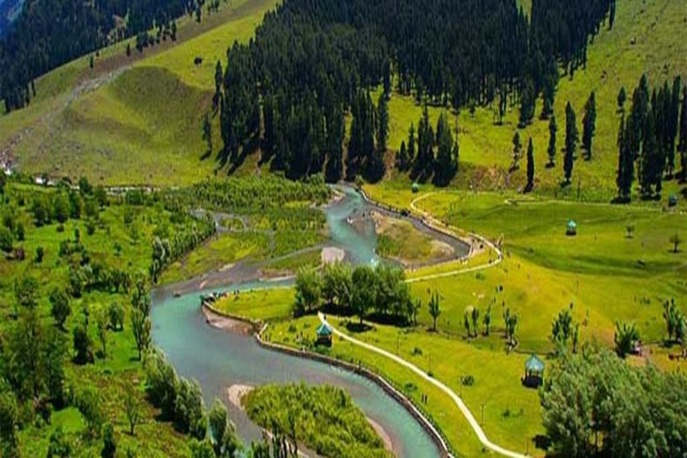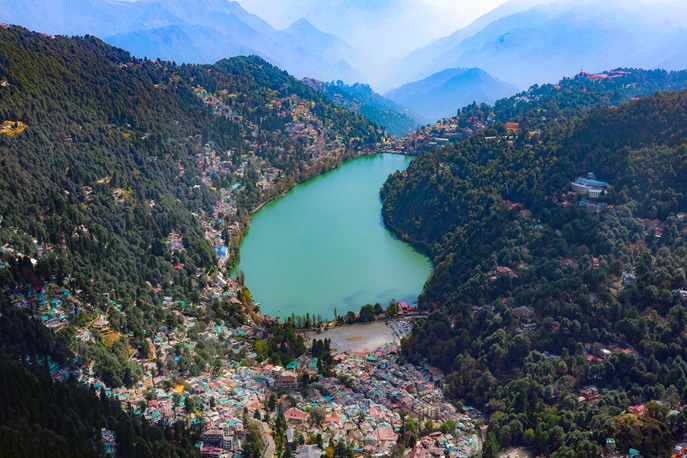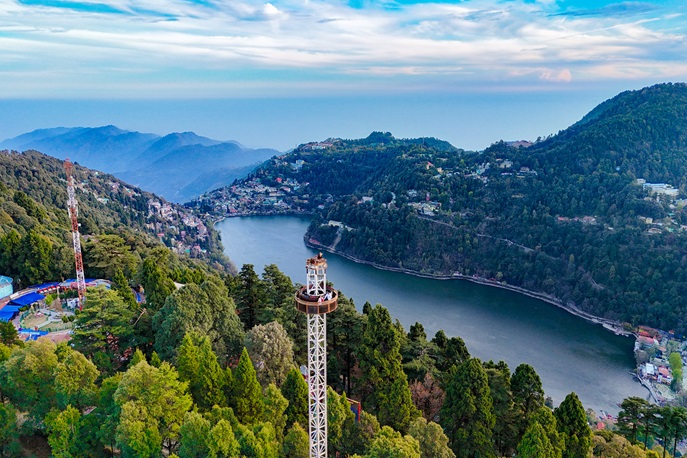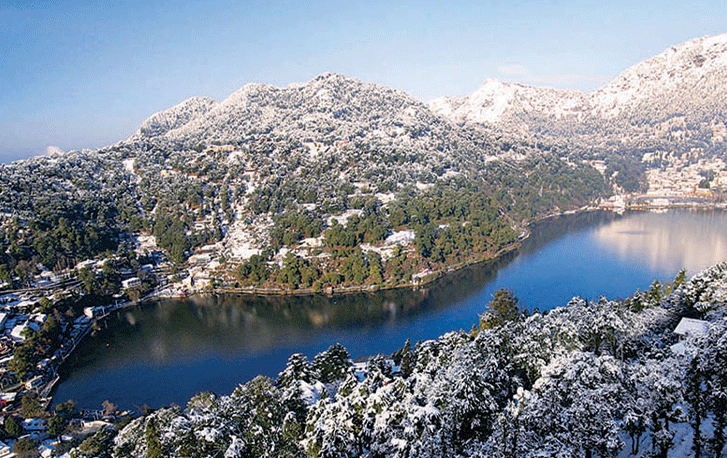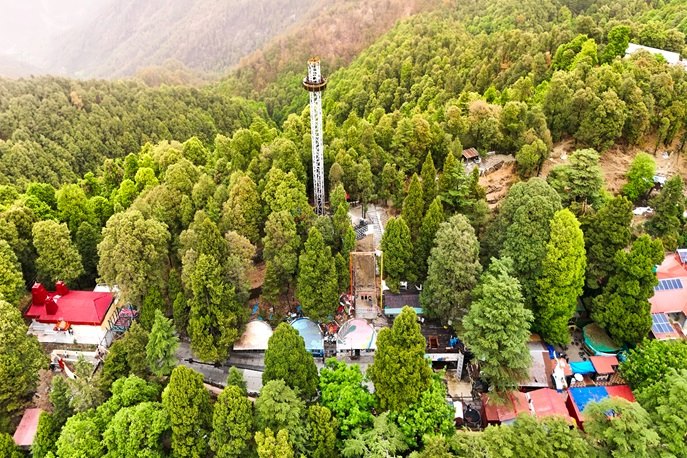Nanda Devi Raj Jat Yatra 2026
About
One of the most popular and sacred pilgrimages, the Nanda Devi Raj Jat Yatra, is set to take place in 2026. Undertaken once every 12 years, this holy pilgrimage is believed to be Asisa's longest pilgrimage trek. Held in the northern Indian state of Uttarakhand, the Nanda Devi Raj Jat Yatra is a confluence of emotion, mythology, devotion, spirit, and adventure.
The Raj Jat Yatra is dedicated to Goddess Nanda, the consort of Lord Shiva. Worshipped under various names- Gaura, Uma, Bhagwati, Parvati, Ambika, and Hemwati, Goddess Nanda is the most revered deity, which united the people from Kumaon and Garhwal.
The pilgrimage known as "Lok Jat" represents the symbolic journey of the Goddess Nanda from her maternal home to join Lord Shiva at Mount Kailash. In early times, the Raj Jat was organised by Garhwal kings, hence called "Raja Ki Jat". Raj Jat is the religious, spiritual and royal adventurous journey of the Uttarakhand Himalayas. Many people eagerly await this event, which will commence from Nauti Village in Chamoli.
During this Yatra, visitors can witness the region's rich cultural traditions and folk dances. The beautifully decorated palanquin of Goddess Nanda is led by a rare four-horned ram, commonly known as "Chausingha Khadu". It is believed that this Chausingha Khadu is usually born a few months before the Nanda Devi Raj Jat Yatra. Recently, a four-horned ram was born in Chamoli Koti Village, which is nothing short of a miracle and showcases the absolute divine power.
Nanda Devi Raj Jat Yatra 2026 Date
Known as "Himalayan Mahakumbh", the Nanda Devi Raj Jat Yatra distance is around 280 km that lasts around three weeks, or more precisely, 19 days. The starting point of this sacred yatra is Nauti Village in Chamoli, which concludes at Homkund. Along the Nanda Devi route, there are around 19 halts where the procession stops; details of these stops are provided in the schedule.
The Nanda Devi Raj Jat Yatra date for 2026 has not been announced yet. The schedule is likely to be released a few months before the yatra takes place. However, it is expected that the yatra will begin in August and conclude in September.
Nanda Devi Raj Jat Yatra Distance and Route Map
Nanda Devi Raj Jat Yatra starting point is Nauti Village, which is located in Chamoli District. This 280 km long pilgrimage passes through villages, meadows, dense forest, and mountains, offering a majestic view along the way. The route also leads to the mysterious Roopkund Lake and scenic Bedni Bugyal.
Roopkund Lake is also known as Skeleton Lake and Patar Nachoniya. It is said that, once a King brought dancers here, which angered the Goddess, leading to a devastating hailstorm that turned them into stone figures known as 'Patar Nachonoya'. The Jat Yatra follows a specific route map whose information is given as: -
| From | To | Total Distance |
|---|---|---|
| Nauti Village | Ida Badhani | 10 kms |
| Ida Badhani | Nauti | 10 kms |
| Nauti | Kansuwa | 10 kms |
| Kansuwa | Sem | 12 kms |
| Sem | Koti | 10 kms |
| Koti | Bhagoti | 12 kms |
| Bhagoti | Kulsari | 12 kms |
| Kulsari | Chepdo (Cheprau) | 10 kms |
| Chepdo | Nand Kesari | 11 kms |
| Nand Kesari | Faldiya | 8 kms |
| Faldiya | Mundoli | 10 kms |
| Mundoli | Vaan | 15 kms |
| Vaan | Gehroli Patal | 10 kms |
| Gehroli Patal | Bedni Bugyal | 9 kms |
| Bedni Bugyal | Patar Nachoniya | 5 kms |
| Patar Nachoniya | Shila Samudra (via Roopkund and Junargali) | 15 kms |
| Shila Samudra | Chandniya Ghat | 16 kms |
| Chandniya Ghat | Sutol | 18 kms |
| Sutol | Nandanagar Ghat | 25 kms (Bus) |
| Nandanagar Ghat | Nauti | 60 kms (Bus) |
Key Route of the Yatra
The Nanda Devi Raj Jat Yatra covers several key routes, among them some significant sites are: -
| Nauti Village | The yatra begins from this village after performing all necessary rituals. |
|---|---|
| Koti Village | One of the major halts on the trail, where pilgrims and priests perform night-long worship. |
| Bedni Bugyal | Among the highest altitudes of the trail, known for its stunning scenic view. |
| Roopkund Lake | Prominent as Skeleton Lake, it holds great historical and mythological significance. |
| Homkund | The trail that starts from Nauti Village concludes here. After performing all rituals, the sacred four-horned ram is set free. |
Significance of Nanda Devi Raj Jat Yatra
The deity Nanda Devi is highly revered in the Kumaon region, where she is prominently known as "Rajrajeshwari." Kumaon is regarded as the maternal home of the Goddess, while the people of Garhwal considered her in-laws. The significance of Nanda Devi Raj Jat Yatra dates back thousands of years, and as per the records, this Himalayan Mahakumbh has been organised since 1843. This holy festival unites the Kumaon and Garhwal region people, who bring the idol of Maa Nanda from their respective prominent temples.
Why is this yatra celebrated?
The Nanda Devi Raj Yatra is surrounded by many folklores, the most prominent of which is as follows:
It is believed that Goddess Nanda is an incarnation of Goddess Parvati, who was born in the house of King Daksha. After marrying Lord Shiva, she relocated to Mount Kailash, the abode of Lord Shiva. Many years later, she wished to visit her parental home. For this, she sought permission from Lord Shiva. After granting her wish, Shiva told Maa Nanda Devi that he would send his messenger to bring her back after 12 days.
Upon completion of 12 days, Shiva sent his beloved four-horned ram to bring Maa Nanda back. When the Khadu reached Maa Nanda's parental home, her family started preparations to send their daughter back.
As Maa Nanda began her journey, her family members accompanied her. Tears rolled down their cheeks when they walked alongside her. After walking some distance, the members of her in-laws came forward to receive her. Guided by the Khadu, every member followed the path. Maa Nanda halted at various places along the way, which are now known as Shakti Temples.
Why is the Nanda Devi Raj Jat Yatra conducted every 12 years?
Maa Nanda received permission to stay in her parental home for 12 days. In Satyuga, it is believed that one day is equals to one year of Kaliyuga. This is why the Nanda Devi Raj Jat Yatra is organised every 12 years.
What is the importance of the four-horned ram called Chausingha Khadu?
The four-horned ram, prominently known as "Chausingha Khadu," is a beloved companion of Lord Shiva and is the most important aspect of the procession. This lamb is said to be the sacred mount of Maa Nanda Devi, who leads the entire yatra. Adorned with colourful clothes, Khadu carries the makeup material of the Goddess Nanda. It is a rare four-horned ram, which is born just a few months before the Raj Jat Yatra begins, once every 12 years. Legend has it that this is not just a lamb, but a manifestation of Lord Shiva.
How to reach the starting point of Nanda Devi Raj Jat Yatra?
Nanda Devi Raj Jat Yatra begins from Nauti Village, located in the Chamoli district of Uttarakhand. This village serves as the base camp for the yatra, where the grand procession begins. To reach Nauti Village, visitors need to reach Rishikesh first. Rishikesh is well connected to Delhi and other major cities by road, train, and air. The main motorable point nearest to the village is Karnaprayag, which is approximately 24 km away from Nauti.
By Road: - Nauti Village is around 231 km away from Dehradun ISBT and 191 km from Rishikesh. Rishikesh is easily accessible from Delhi by bus or taxi. From the Rishikesh bus stand, regular buses and shared taxis are available to Karnaprayag. From here, the visitors can complete the remaining 24 km journey by shared taxis. Alternatively, pilgrims can hire a taxi directly from Rishikesh to Nauti Village.
By Train: The nearest railway station is Rishikesh Yog Nagari Railway Station, around 191 km from Nauti Village. Train schedules from Delhi to Rishikesh can be checked on the IRCTC Portal. From the station, visitors can hire a taxi or take a shared taxi or bus service from the Rishikesh bus stand.
By Air: The closest airport is Dehradun Jolly Grant Airport, situated around 207 km from Nauti Village. The airport offers direct flights from major cities like Delhi, Jaipur, Lucknow, and others. From the airport, taxis are easily available to Rishikesh, which is just 16 km away. From Rishikesh, travellers can continue their journey by taxi, bus or shared taxi.
Online Registration for Nanda Devi Raj Jat Yatra 2026
- The government authorities are likely to invite online registration for the Nanda Devi Raj Jat Yatra 2026.
- Visitors who wish to participate in the yatra must register in advance.
- A dedicated portal is likely to be developed by the Uttarakhand Tourism Development Board to facilitate this process.
- For registration, applicants need to provide their details with some documents.
Accommodation Facility
Nanda Devi Raj Jat Yatra passes through remote villages, meadows, forests, and mountains, where accommodation facilities are hardly available. Thus, to support pilgrims, the government, along with the local committees and various NGOs, provide tent accommodations. However, due to the high influx of devotees, visitors may face some challenges. It is advisable to carry their own sleeping bags, tents and other items needed during the high-altitude trek.
Things to carry during the Yatra
- If you wish to join this once-in-a-decade yatra, ensure to carry the following items to make this yatra comfortable and memorable.
- Woollen cap and gloves.
- Water Bottle.
- Trek Pole.
- Waterproof trekking shoes.
- Trek pants.
- Sleeping Bag.
- Sleeping Tent.
- Medical Kit.
- Mosquito repellent.
Important Tips for the Himalayan Mahakumbh
- Physical fitness is essential to cover 280 km in three weeks.
- Carry all the important items required during trekking.
- Necessary medical kits for emergencies.
- Carry some cash, as ATMs and mobile networks are unavailable during the route.
- Follow the guidelines and route map issued by the authority.
- A huge influx of devotees is expected at Nauti Village, the starting point of the yatra.
- Consider staying at Karnaprayag before joining the Yatra.
